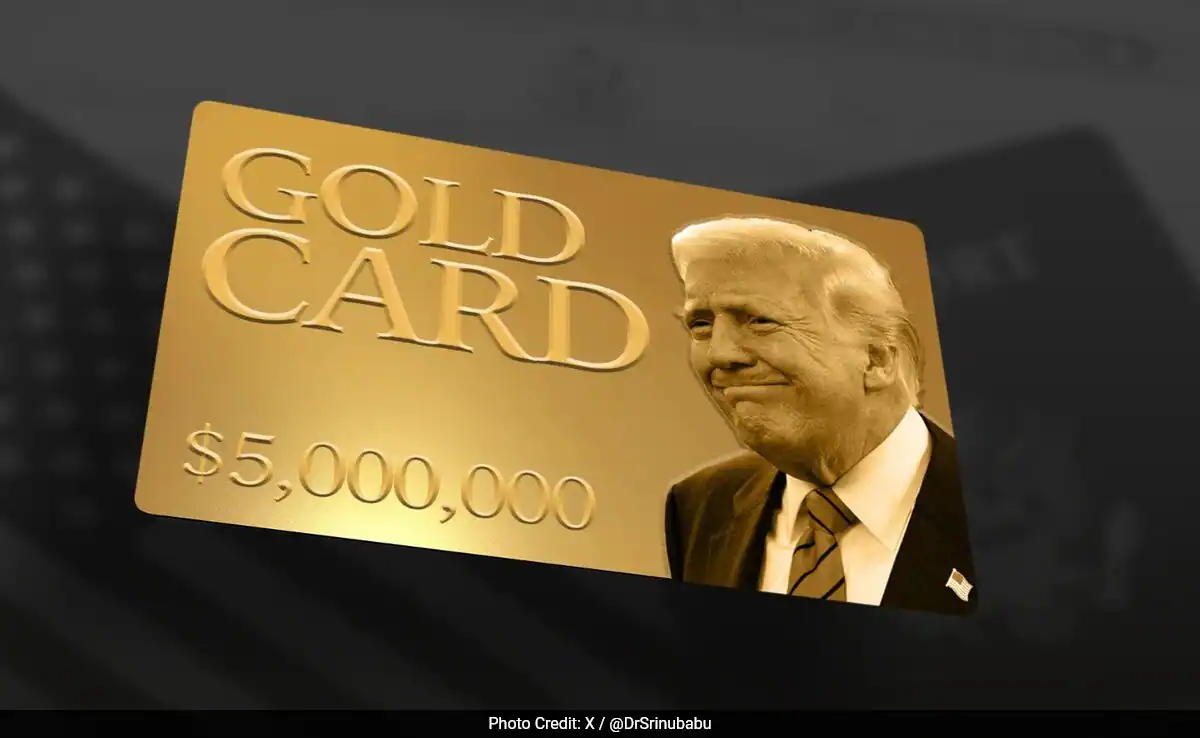President Donald Trump this week unveiled a new online portal inviting ultra‑wealthy foreigners to register their interest in a proposed $5 million residency plan, which he dubs the “Gold Card.” The site, trumpcard.gov, went live Wednesday and asks applicants to provide basic details such as name, email address and region of origin. Trump celebrated the launch on Truth Social, declaring that “THE WAITING LIST IS NOW OPEN” and that “thousands have been calling and asking how they can sign up.”
The plan would grant permanent U.S. residency in exchange for a $5 million payment. Trump positions it as a premium version of the EB‑5 investor visa, which currently requires an investment of $800,000 to $1.05 million plus a mandate to create at least ten U.S. jobs. The Gold Card proposal appears to drop any job‑creation requirement, focusing solely on the financial contribution. Trump insists he can roll out the program without Congress. He told reporters in February, “we don’t need Congress. Because we’re not doing citizenship, we’re doing the card.” Legal scholars, however, question his authority to override or replace the EB‑5 framework, which Congress established in 1990 and caps at a set number of visas each year.
Immigration lawyers report a surge of interest from affluent clients in India, Pakistan, Egypt and Russia. Buffalo attorney Matthew Kolken compared the $5 million fee to a relatively modest expense for his high‑net‑worth Canadian clients. He told NPR that to some of his clients, “five million dollars is like the cost of fuel to charter a private jet.” Others point out the timing of the Gold Card launch, noting that the administration continues to enforce mass deportations of lower‑income immigrants even as it courts the wealthy. Critics have branded the plan as a “residency-for-sale” scheme that entrenches economic inequality. Attorney Mona Shah called it “capitalism at its extreme” and predicted that “the founders would shudder at selling residency like this.”
Trump has also touted the program’s potential impact on federal revenues. He predicted that selling up to one million Gold Cards could generate trillions of dollars, offering a path to reduce the national debt. Immigration experts dispute those figures, arguing that demand at the $5 million price point is unlikely to reach such levels. They estimate that only a few thousand sales would be realistic, given the pool of ultra‑rich individuals who would qualify and accept the terms.
The existing EB‑5 program has faced its own scrutiny over the years. Lawmakers and watchdogs have criticized it for instances of fraud, cases of visa misuse and uneven economic benefits in target communities. Commerce Secretary Gina Raimondo described the old system as “full of loopholes and questionable projects” when she joined Trump at a February announcement for the Gold Card replacement. She argued that the new plan would offer greater transparency and accountability, though details on oversight and application review remain scarce on the newly launched site.
Key Features of the Gold Card Proposal
- Investment Amount: Requires a $5 million payment, with no stipulation for job creation.
- Residency Status: Grants permanent residency (green card), not citizenship.
- Application Process: Applicants register interest online and await further instructions.
- Projected Revenue: Trump suggests up to $5 trillion if one million cards sell; experts deem that figure improbable.
As the portal opens, policymakers and legal scholars will likely scrutinize its statutory basis and practical effects. Immigration attorneys will advise potential clients on the program’s uncertainties and the chance of legal challenges. Meanwhile, lower‑income immigrant communities may see the contrast between this elite offering and ongoing enforcement measures as a stark example of policy priorities.

